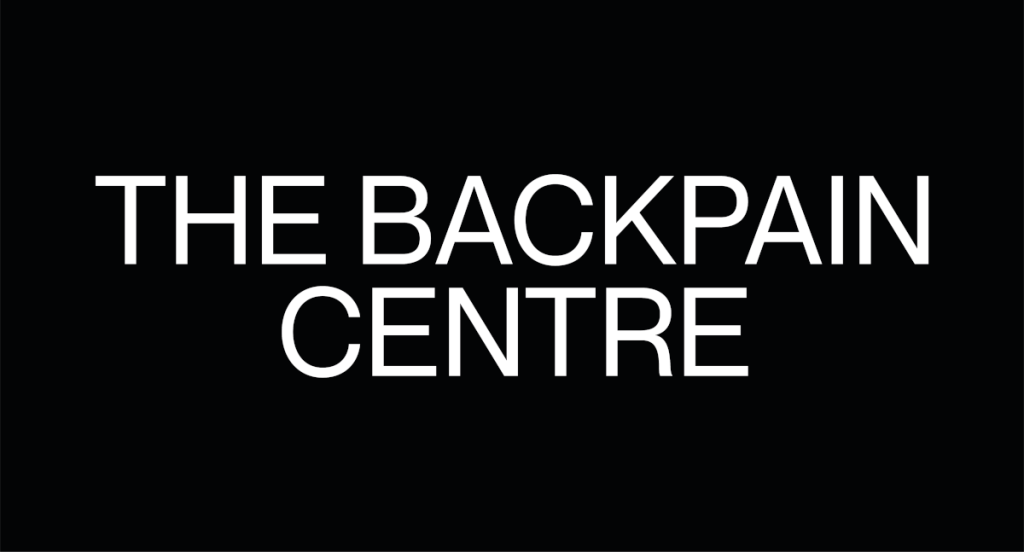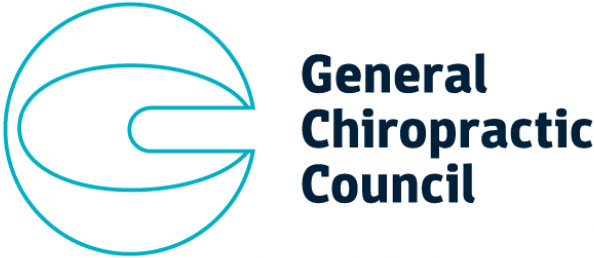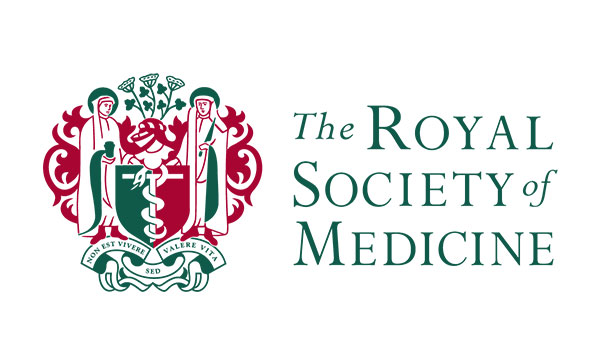Shoulder Pain Treatment
Of all the joints in the body the shoulder is the most mobile and flexible, which makes it vulnerable to injury through over-use or trauma. The main component of the shoulder is the glenohumeral joint, which is where the top of the arm meets the rest of the body; often described as a golf ball sitting on a golf tee. The shoulder complex also includes the collar bone (to the front), shoulder blade (to the back), muscles, ligaments and tendons, nerves and blood vessels.
With so many components to the shoulder there are many injuries that can occur, some of which are detailed below. Symptoms can range from pain, aches, weakness, numbness, restricted movement and tingling.
Your chiropractor will take an in-depth case history which will include questions on the exact location of your pain, types of pain, exacerbating and relieving factors, referral pattern of pain, probable causes, family history and your past medical history. A full physical examination will be made involving: postural observation, spine and shoulder joint palpation, soft tissue assessment, orthopaedic and neurological tests. X-rays may be taken if deemed necessary. Once a diagnosis has been confirmed the Chiropractor will discuss specific treatment options with you.
This will most likely include a few stages involving spinal adjustments to the cervical and/or thoracic spine to reduce joint inflammation. specific joint mobilisation of the shoulder to regain normal joint range of motion and soft tissue work to the tight/weak associated musculature which will not only reduce shoulder joint tension and minimize the chance of re-occurrence but also further reduce your pain levels. The combination of spinal adjusting, joint mobilisation and soft tissue therapy will allow your joints and muscles to relax and function properly and ultimately removing not only the pain but also the underlying cause. Your Chiropractor will also recommend work adaptations and/or rest, the use of ice packs to reduce inflammation and then once healing is underway heat and ice packs, rehabilitation exercises involving home stretching and strengthening exercises will be prescribed to improve strength, endurance and stability.
It is important to be patient with your care as it can take weeks and sometimes months of treatment to improve and correct. Continuity of care and attending your appointments is very important as the treatments work on retraining and strengthening the muscles and ligaments that support the joints. Put simply, each visit builds on the one before.









